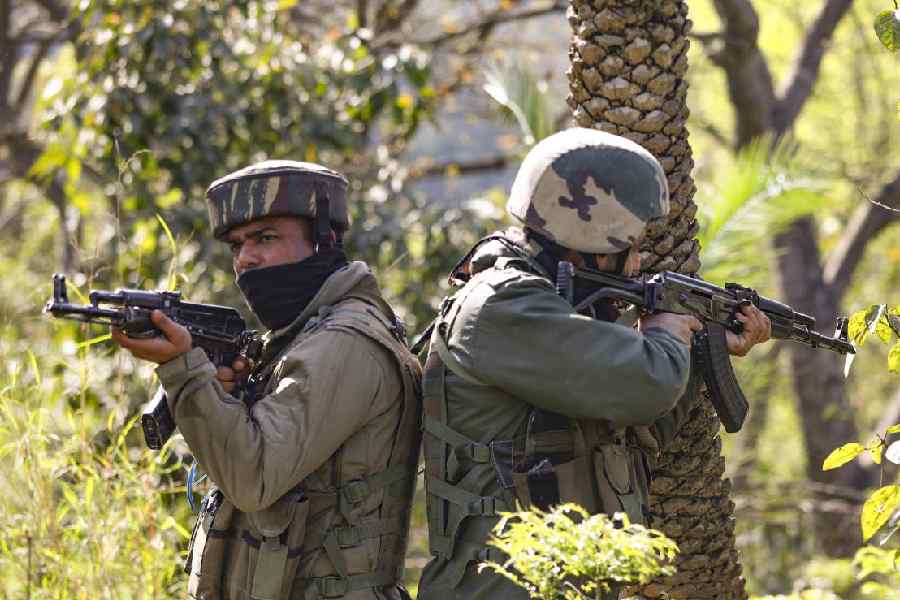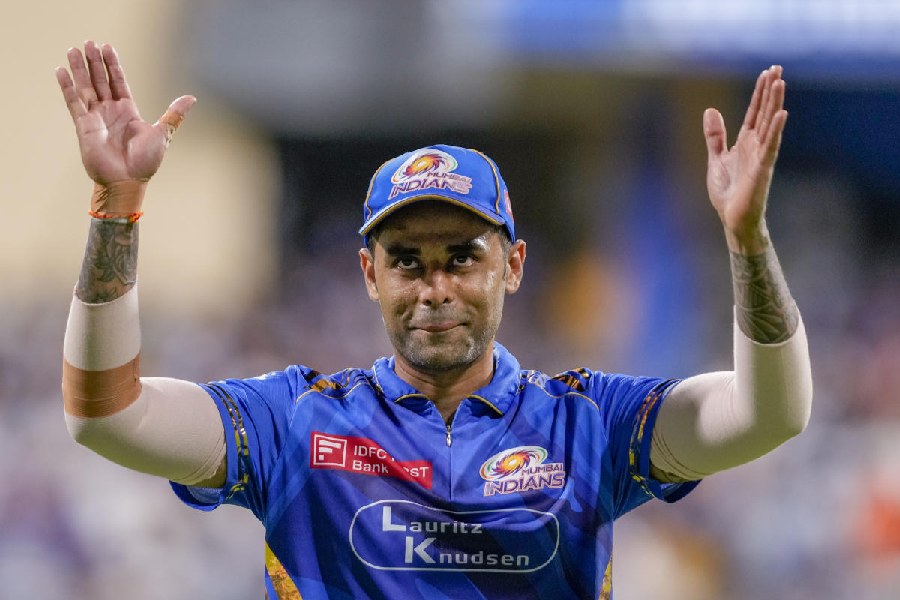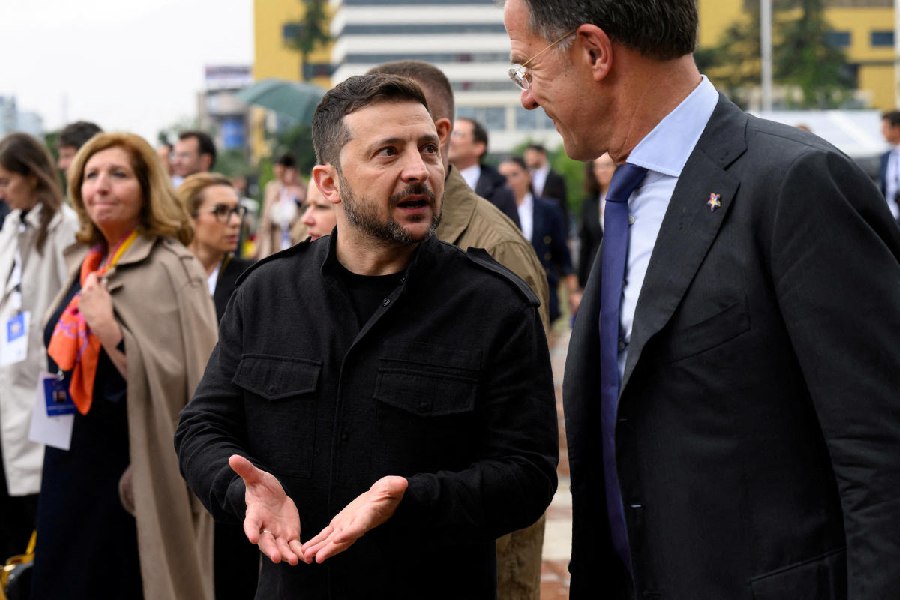 |
| Sonal Singh, a Christie’s representative, on Tuesday afternoon. (Bishwarup Dutta) |
Christie’s is holding an auction of Indian art on December 11 in Mumbai, and a representative of the auction house came calling after a couple of years.
In 1994, and thereafter, when Christie’s started operations in India, their representatives, one of whom has become a name to be reckoned with in India’s art mart, used to drop by more frequently.
The representative this time is Sonal Singh, specialist head of sale, associate director, South Asian Modern & Contemporary Art department, Christie’s.
Based in Mumbai, this Delhi girl studied design at Central Saint Martins in London, art history at Christie’s and art business at Sotheby’s. She has been with Christie’s for seven years. She is on a recce, and will visit Santiniketan on Thursday.
“This is a good place to begin. The history of modern art began here,” she says as she reels off her wish list — the Tagores, Nandalal Bose, Hemen Mazumdar, Jogen Chowdhury, Meera Mukherjee, Ganesh Pyne.
What about Bikash Bhattacharjee? That too, but everything depends on availability. The week she is spending here will be part of her “learning process.” “Only if we are educated we can keep collectors informed,” she says. She is on the lookout for works in private collections with “good provenance.”
Fake paintings are making headlines, and the day before this interview, Arun Vadhera, who is Christie’s consultant in India, said over the telephone that “one is buying art history when one buys art,” and the injunction, caveat emptor (buyer beware), is applicable both to buying art and land. Checking documents is imperative in both cases.
Six artists out of nine in the Christie’s 2013 auction were acknowledged national treasures — the likes of the three Tagores, Jamini Roy and Amrita Shergill. Such greats have gone under the hammer earlier, too, but abroad. Different art schools were represented from Baroda, Chola Mandal and Delhi, giving the “full picture.” Sometimes they are lucky enough to get a collection which already has a story.
“What is the story we are creating for this auction?” Singh wonders, as if directing the query at herself. In the upcoming auction, too, Christie’s hopes to present a wide range of Indian art from various regions and schools.
Christie’s holds an auction in India every year along with three others in New York and London. As a rule, they don’t touch a work if they have even the slightest doubt about it. “We have to be careful especially with older work, particularly with provenance,” Singh says, and if needed, they consult specialists.
Collectors, says Singh, are more discerning and knowledgeable now. “The market is strong for high quality art.”
But even for known names like Dharmanarayan Dasgupta, documentation is of crucial importance. This is where museums can play a vital role. But India lacks good museums.











